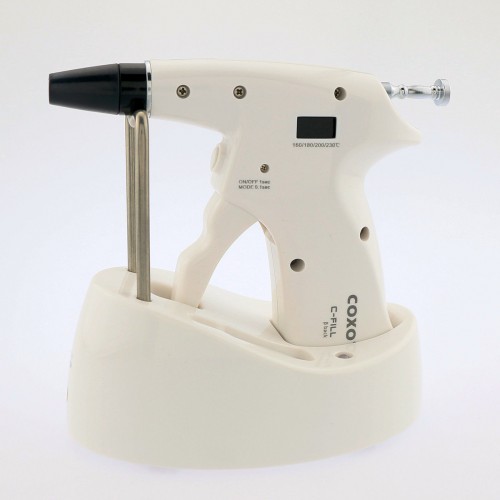How Can UV be Utilized?
Beyond water and surface sterilization, UV can be used as a sterilization technique for other types of disinfection. UV can disinfect the air in isolated spaces, which is particularly beneficial in a hospital setting. Installing UV devices like lamps and lights at the top of rooms and other areas of circulation can disinfect the air as it moves, improving both the air quality and the effectiveness of the UV sterilization.

Air Purification System UVC Portable Disinfection Lamp With Ozone UV Lamp Ultraviolet Germicidal Light
What Type of UV Light is Best?
Most UV sterilization devices such as UV sterilizer cabinet use UV-C light as the source of their disinfecting power. UV-C light is an effective solution for sterilization, which is why it is the most widely used light type. However, it can cause some serious damage as well. UV-C light can penetrate human skin and cause damage or injury to the person using it, if not careful. UV-C light can also cause damage to certain plastics and rubber materials over time.
Where Can UV be Used?
While UV sterilization can be used as a supplemental infection control strategy for almost any situation, such as disinfecting water and work surfaces as mentioned above, the efficiency of the sterilization make other specialized spaces accessible as well.
Why Use UV Sterilization?
UV sterilization is not a new technology, having been discovered in 1879. Discovered to be a useful technology for cleaning infectious spaces, more studies were done to determine the exact beneficial nature of UV for sterilization purposes. Since the 20th century, UV sterilization has been used to disinfect things like water and work surfaces. UV light is a shorter wavelength than visible light, and is able to penetrate and destroy the bodies of viruses and bacteria.
When picking the right UV sterilizing device, the type of light used in the device is the most important factor in determining which device is the right one for your project. Because of its increased efficiency and improved safety, a device like the Far-UV Sterilray™ can be an incredible tool for sterilization and disinfection. For more information about the Far-UV Sterilray™, click the link for our Far-UV Sterilray™ fact sheet.If you are have any problem in choosing sterilization equipment such as dental autoclave sterilizer and dental dry heat sterilizer, you can feel free to contact our customer service.
The most important points when choosing a endodontic motor
Some Basic Knowledge of Dental Handpiece You Should Know
